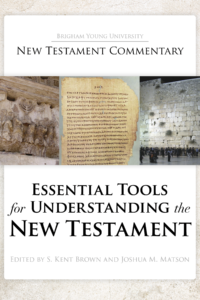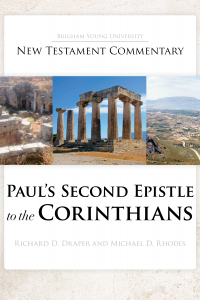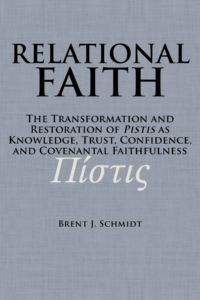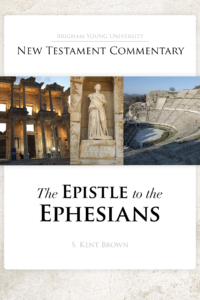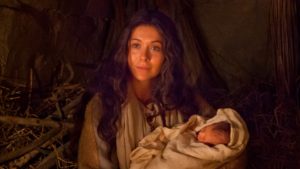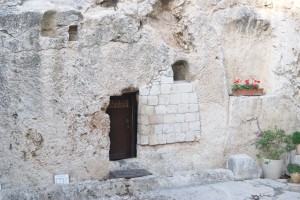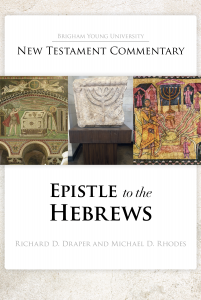 Paul’s Epistles to the Thessalonians is now available!
Paul’s Epistles to the Thessalonians is now available!
First and Second Thessalonians are likely the earliest surviving records from the primitive Christian era. Both appear to have been written a mere twenty years after the Lord’s ministry closed. These Epistles show how certain aspects of the Christian religion were understood, taught, and promulgated. They also show that the earliest Christians wrestled with aspects of their religion and were trying to understand them more fully. Some Christians misunderstood certain teachings and, as a result, opened the door to forces that could destroy the nascent Church.
In these two Epistles, the Apostle Paul aims to address these misunderstood teachings and halt the potential danger. Paul’s doctrinal degree of sophistication clearly stands out. Every word, phrase, and sentence has both a historical and a social context. He writes in language that the Thessalonians can understand, and he does so with force, insight, power, and love. The Epistles dwell richly on the hope these people found in the gospel of Christ and emphasize the meaning and earnestness of what being a Christian meant during a time of great persecution.
Paul’s purpose in writing is the starting point of our work. To the highest degree possible, we have diligently tried to capture the thrust and trajectory of his ideas such that the modern reader can understand the writings of this deeply spiritual and profoundly insightful leader in their context. Paul offers context and answers to various issues that both the Thessalonians Saints and those of today face. His answers bolster faith, provide understanding, and offer counterpoints to views opposed to the restored gospel. This commentary, though focused on the text of 1 and 2 Thessalonians, clearly elucidates and examines these same issues.
This work is the first comprehensive study of Thessalonians ever produced by Latter-day Saint scholars. In addition to providing commentary on every verse in these two important letters, it also provides a rendering of the preserved Greek text into modern English. The result is that many passages become clearer and more understandable. This rendition is set side by side with the King James Version for easy comparison.
You can purchase the print book on the BYU Studies website. You can buy the eBook on Amazon, Deseret Bookshelf, or Nook.


